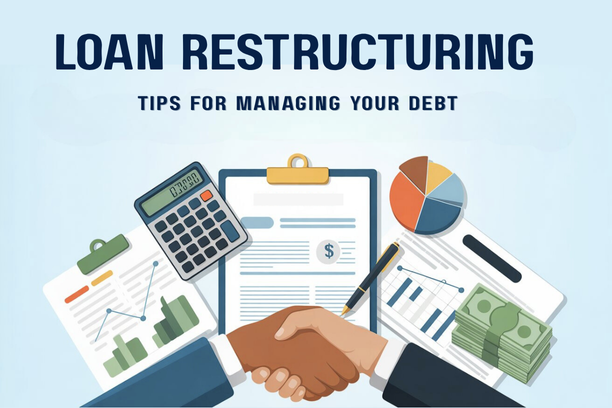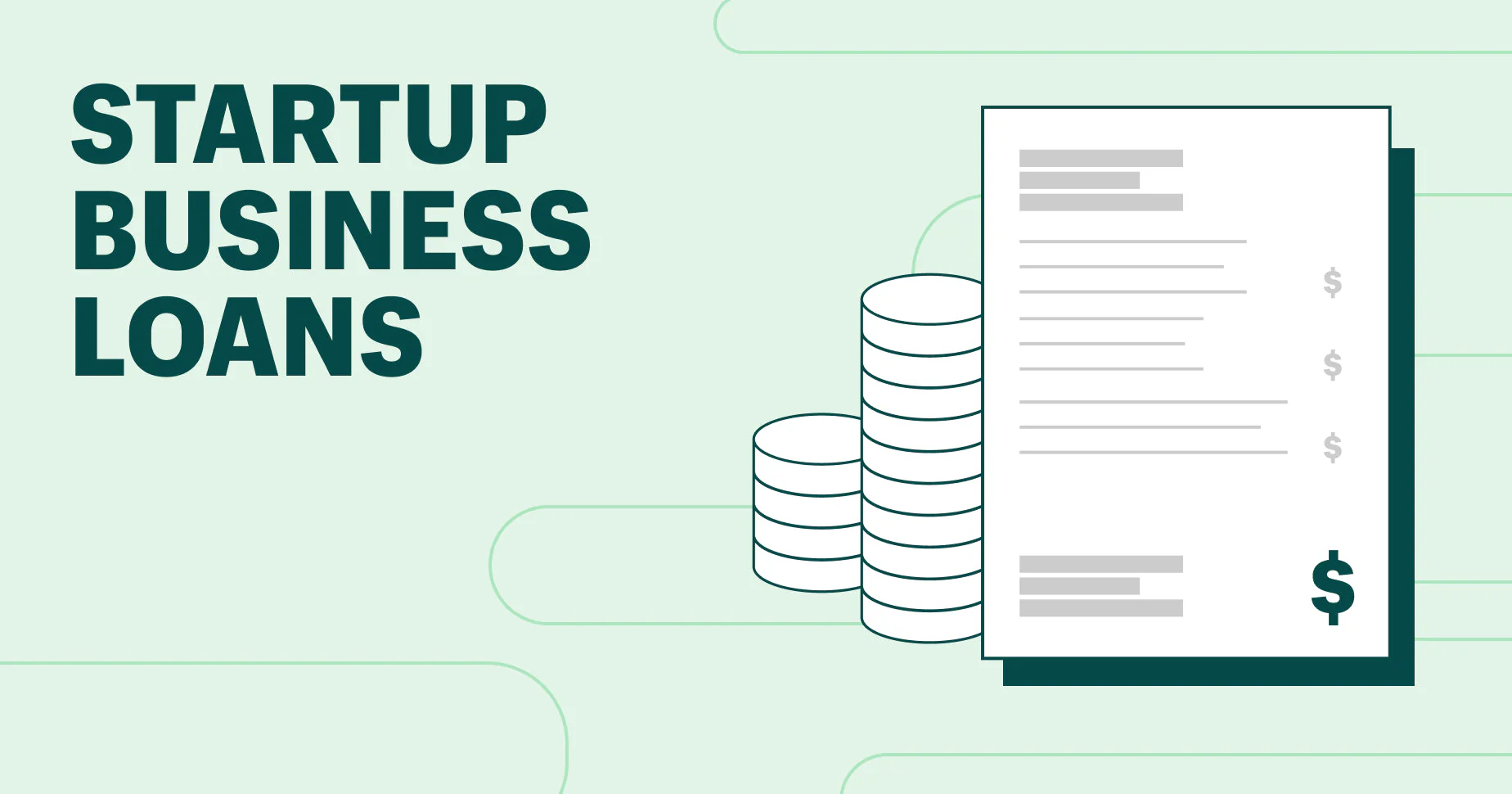An auto loan is often the key that unlocks the door to car ownership. For many Filipinos, it represents a path to greater independence, convenience, and a better quality of life. However, while the dream of a new car is compelling, the financial obligation that comes with it can be a source of significant risk if not managed properly. An auto loan is a long-term commitment that, if not fully understood, can lead to serious financial repercussions, including high debt, a damaged credit score, and even the loss of your vehicle. This comprehensive guide will dissect the common financial, legal, and reputational risks associated with auto loans in the Philippines and, most importantly, provide a detailed set of actionable strategies to help you manage and avoid them. By understanding the potential pitfalls before you sign on the dotted line, you can transform your auto loan from a source of anxiety into a powerful and well-controlled financial tool.
The Core Financial Risks of an Auto Loan
While the monthly payment is the most visible part of an auto loan, it is far from the only financial consideration. There are several underlying risks that, if ignored, can inflate the total cost of your loan and trap you in a cycle of debt. Proactive planning and a realistic financial assessment are your best defenses against these hidden dangers.
The Risk of a High Interest Rate and Overpaying for Your Vehicle
The interest rate is the most direct factor affecting the total cost of your loan. In the Philippines, auto loan interest rates are typically fixed for the duration of the loan term, providing predictability in your monthly payments. However, even a small difference in the interest rate from one lender to another can amount to thousands of pesos over the life of the loan. For example, on a ₱1,000,000 car loan over five years, a 6% interest rate would cost you approximately ₱162,000 in total interest. But if you were to get a rate of 8%, that total interest would jump to over ₱222,000. This ₱60,000 difference could have paid for a year’s worth of fuel or a major car repair. The risk lies in not shopping around and settling for the first offer from a dealership, which often has a higher, non-negotiable rate than a direct bank loan.
Furthermore, getting enticed by dealership promos like “all-in low down payment” can be a risk. While these deals make a car more accessible upfront, they often compensate for the low down payment with a higher interest rate on the remaining principal. This means you might pay less now but will pay significantly more in total interest over time. A savvy car buyer understands that the goal is not to have the lowest upfront payment but to have the lowest total cost of ownership. This requires careful comparison of Annual Percentage Rates (APR), which include not only the interest rate but also other fees like processing and chattel mortgage fees, providing a truer picture of the loan’s total cost.
The Danger of Negative Equity (Being “Upside Down”)
Negative equity, or being “upside down” on your loan, is a common and dangerous financial situation that many car owners fall into. It occurs when the outstanding balance on your auto loan is higher than the current market value of your vehicle. This is particularly prevalent with new cars, which can depreciate by as much as 20% in their first year alone. For example, if you took out a ₱1,000,000 loan for a car that is now only worth ₱800,000 after a year, you have ₱200,000 in negative equity. This is a severe problem if you need to sell the car or if it is totaled in an accident, as the insurance payout will only cover the car’s market value, leaving you to pay the remaining loan balance out of pocket.
Managing negative equity is a challenge that can trap borrowers in a difficult financial position. If you need to sell the car, you will be forced to come up with the difference between the sale price and the remaining loan amount. If the car is totaled, the insurance claim will be paid to the bank, and you will still be responsible for the deficiency. This puts the borrower at a massive disadvantage and can make it difficult to get a new loan. The best way to mitigate this risk is to make a larger down payment, which reduces the loan principal and helps you build equity in the car faster than it depreciates. Choosing a shorter loan term also helps to pay down the principal at a faster rate, keeping you ahead of the curve of depreciation.
The Burden of an Unaffordable Monthly Payment
One of the most common mistakes a car buyer makes is overextending their budget. While an auto loan can get you a car, it can also lead to significant financial strain if the monthly payments are not realistically budgeted for. A good financial rule of thumb is to follow the “20% rule,” which states that your monthly car payments (including insurance) should not exceed 20% of your take-home pay. Many borrowers focus solely on the monthly amortization and forget to budget for other costs of car ownership, which can easily add thousands of pesos to their monthly expenses.
These hidden costs include fuel, which can fluctuate wildly; regular maintenance and unexpected repairs; car insurance premiums; LTO registration fees; and parking fees. If your budget is already stretched thin by the monthly loan payment, these additional costs can be a major source of financial stress and can lead to missed payments. Missed payments, in turn, can trigger late fees and, in the worst-case scenario, lead to a loan default. A disciplined approach to budgeting, which accounts for all these factors, is essential to ensuring your car is an asset, not a financial liability.
The Severe Legal and Reputational Risks
For many borrowers, the biggest risk of an auto loan is not a high interest rate but the severe consequences of a loan default. In the Philippines, a car loan is a secured loan, meaning the vehicle itself serves as collateral. The legal framework surrounding loan defaults is clear and can lead to the loss of your car and a lifetime of financial hardship.
The Consequence of Default: Repossession and Deficiency Judgment
A loan default occurs when a borrower fails to make payments as stipulated in the loan contract. In the Philippines, the bank or financing company has the right to repossess the vehicle under the legal framework of the Chattel Mortgage Law. This process is not immediate; a borrower typically has a grace period (often 3 months of missed payments) before the bank takes action. The bank will send a formal Notice of Default, demanding payment of all arrears and fees. If the borrower fails to pay, the bank can proceed with the repossession.
The repossession process must be peaceful, without the use of force or threats. Once the vehicle is repossessed, the bank will sell it at a public auction to recover the outstanding debt. The most devastating consequence for the borrower is the “deficiency judgment.” This is the remaining balance that the borrower still owes if the sale price of the repossessed car is not enough to cover the total outstanding loan amount, including legal and repossession fees. For example, if you owed ₱800,000 on a car that was repossessed and sold at auction for only ₱500,000, you still legally owe the bank the ₱300,000 deficiency. The bank can then file a civil lawsuit to collect this amount, and you may be forced to pay it back from your other assets.
The Long-Term Impact on Your Credit Score
Even if a loan does not go to default, simply missing a few payments can have a lasting negative impact on your financial reputation. In the Philippines, all major banks and lending institutions report to the Credit Information Corporation (CIC). The CIC manages a centralized credit database that records your borrowing and repayment history. A loan default, a repossession, or a history of late payments is a black mark on your credit report that can last for several years.
A poor credit score makes it difficult to get approved for any kind of future financing, including a home mortgage, a business loan, or even a credit card. If you are approved for a new loan, you will likely be offered a much higher interest rate because the bank views you as a high-risk borrower. This long-term reputational risk is a powerful motivator to manage your auto loan responsibly.
Actionable Strategies to Manage and Avoid Loan Risks
Knowledge of the risks is not enough; you must have a plan to manage them. The following strategies provide a roadmap to a responsible and stress-free auto loan experience.
Before You Apply: The Power of Preparation
- Know Your Credit Score: Check your credit report with the Credit Information Corporation (CIC) before you apply. This allows you to fix any errors and gives you an idea of the kind of loan terms you can expect.
- Establish a Realistic Budget: Use a loan calculator to estimate your monthly payments and add all other car ownership costs (fuel, maintenance, insurance). Make sure the total does not exceed 20% of your monthly take-home pay.
- Save for a Larger Down Payment: Aim for a down payment of at least 30%. This will significantly reduce your loan principal, lower your monthly payments, and help you avoid negative equity.
- Shop Around for the Best Rate: Do not take the first offer from a car dealership. Apply for a pre-approved auto loan from several different banks to compare interest rates and fees.
After You Are Approved: Proactive Loan Management
- Build an Emergency Fund: Have at least three to six months of your car loan payments saved in an emergency fund. This will protect you from a job loss or unexpected expense and prevent you from defaulting on your loan.
- Maintain Open Communication with the Lender: If you anticipate a financial difficulty, contact your bank immediately. They may be willing to work with you to restructure your loan or provide a grace period. Proactive communication can save you from late fees and legal action.
- Read the Fine Print: Before signing the contract, carefully read all the terms and conditions, including the interest rate, late payment penalties, and the process for early payment or pre-termination of the loan.
Conclusion
An auto loan is a powerful tool, but it is also a significant long-term financial commitment. The risks of negative equity, high interest rates, and loan default are real and can have severe consequences on your financial well-being. However, by being proactive and disciplined, you can effectively manage these risks. The key to a successful auto loan journey is not just to secure the loan but to understand and prepare for the long-term responsibilities that come with it. By following the strategies outlined in this guide, you can enjoy the benefits of car ownership with the peace of mind that your financial future is secure.













